Lalitpur
Lalitpur Metropolitan City to start construction of 4.7 km cycle lane from next week
Nepal Cycle Society estimates there are over 150,000 cyclists in the Valley, and it expects the numbers to go significantly higher if more infrastructure are added.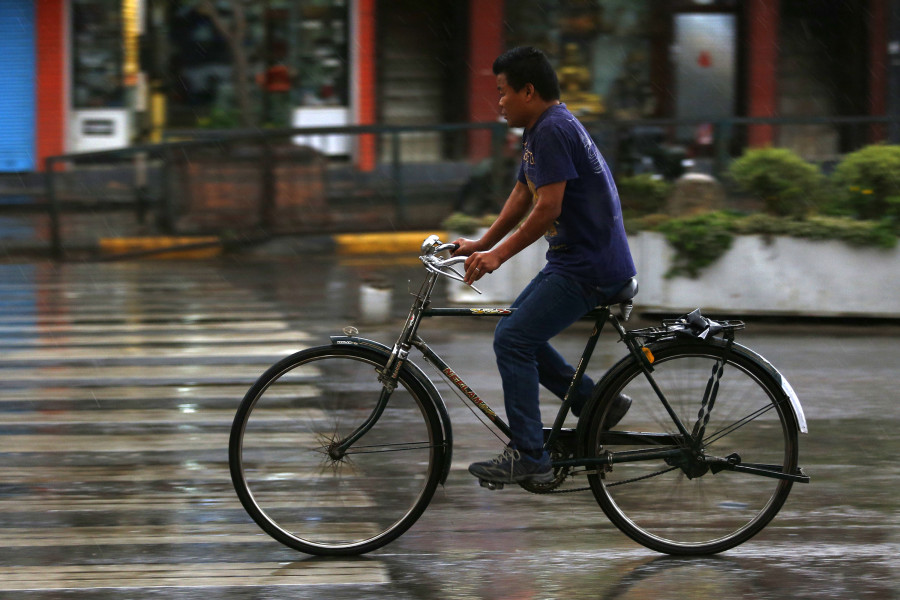
Anup Ojha
After meeting with the representatives of Nepal Cycle Society and other stakeholders, Lalitpur Metropolitan City on Monday said it would start the construction of a 4.7km cycle lane from November 17.
Officials said the work would be completed by March next year.
Read: Lalitpur’s plan to make the city cycle-friendly should be lauded
The city will build a cycle lane that will pass through Kupondole, Pulchowk, Jawalakhel, Lagankhel and Mangalbazar, for which the metropolitan city has earmarked Rs5 million. Ramit Consultancy is the contractor of the project.
The city has hired Reliance Engineering and Builders Company to construct 100 cycle stands. The company has already built cycle stands in 10 different places in Lalitpur.
“I am thrilled that Lalitpur City has taken this initiative. Other city authorities in the Valley should also be making more cycle-friendly roads because riding cycle in the Valley roads is risky,” said Om Shakar Shrestha, a 44-year-old cyclist.
Read: Patan wants to become a cycle city. But can it pull it off?
Lalitpur Mayor Chiri Babu Maharjan said the city had already allocated the budget for the cycle lane project in the last fiscal year.
“As the mayor of this cultural city, my priority will be on motivating all city residents to ride their cycles,” said Maharjan. “I am also convincing other mayors to make Kathmandu Valley a cycle city. I am going to present this idea at the next mayors’ forum.”
When the Post contacted Ishwor Man Dangol, the spokesperson at the Kathmandu Metropolitan City, regarding the city’s own proposed cycle lane, Dangol said it would take at least a month to make plans for cycle lanes. Cycle lanes in Kathmandu is not a new concept. After Mayor Bidya Sundar Shakya was elected in May 2017, building cycle lanes in Kathmandu was part of his 101-tasks in the first 100 days. But more than two years later, the plan is yet to be executed.
“When I was a kid, riding a bicycle used to be a dream for every one of us. But people of my age have started to ride four-wheelers or motorcycles. They now regard cycles to be poor people’s means of transportation and do not treat cyclists as human beings, which I think is wrong,” said Shrestha.
Nepal Cycle Society estimates that there are over 150,000 cycle rides in Kathmandu Valley.
Read: In chaotic Kathmandu, cycling is dangerous. Yet, thousands continue to do it
“They all need safety. This is the first time in Nepal’s cycling history that government authority is consulting with experts to design separate cycle lanes for its residents. This is a welcome move,” said Ratna Shrestha, president of the society, who was also present at the city’s Monday meeting.
Soam Raj Rana, an urban designer and also the vice-president of Cycle City, said Kathmandu needs cycle-friendly roads, as it would reduce a significant amount of air pollution.
Numbeo, a collective online database that enables users to share and compare information about the cost of living among countries, has enlisted Kathmandu as the world’s 7th most polluted city.
“If you look at the city roads, it’s hazardous to drive. Look at the recently built eight-lane Koteshwor-Kalanki road section; there is no cycle lane. The Maitighar-Tinkune road section and the Tinkune-Suryabinayak stretch of the Araniko Highway are no different,” said Rana, who believes building cycle lanes would motivate people to ride bicycles.




 12.12°C Kathmandu
12.12°C Kathmandu.jpg)
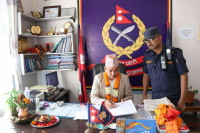
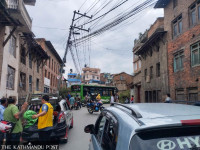


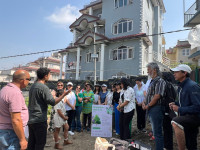
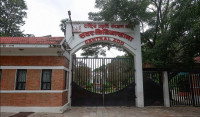


%20(1).jpg&w=300&height=200)

